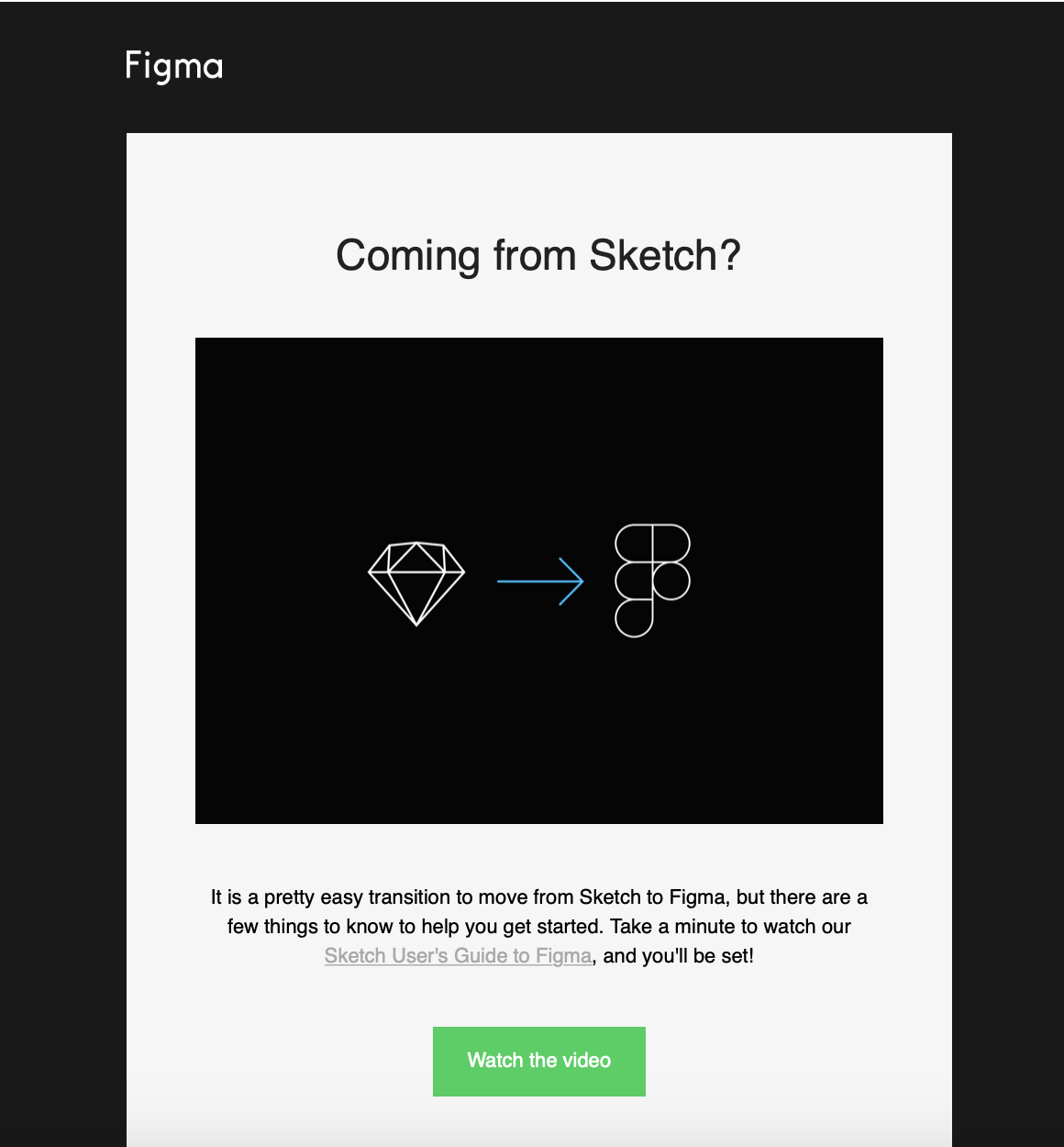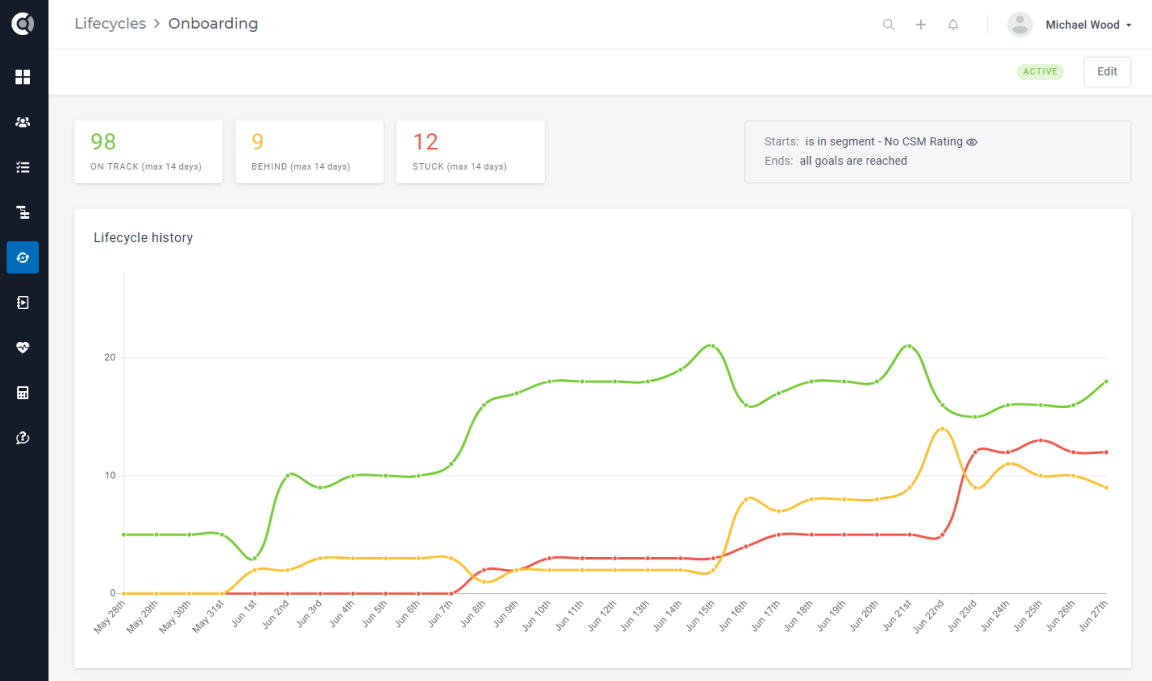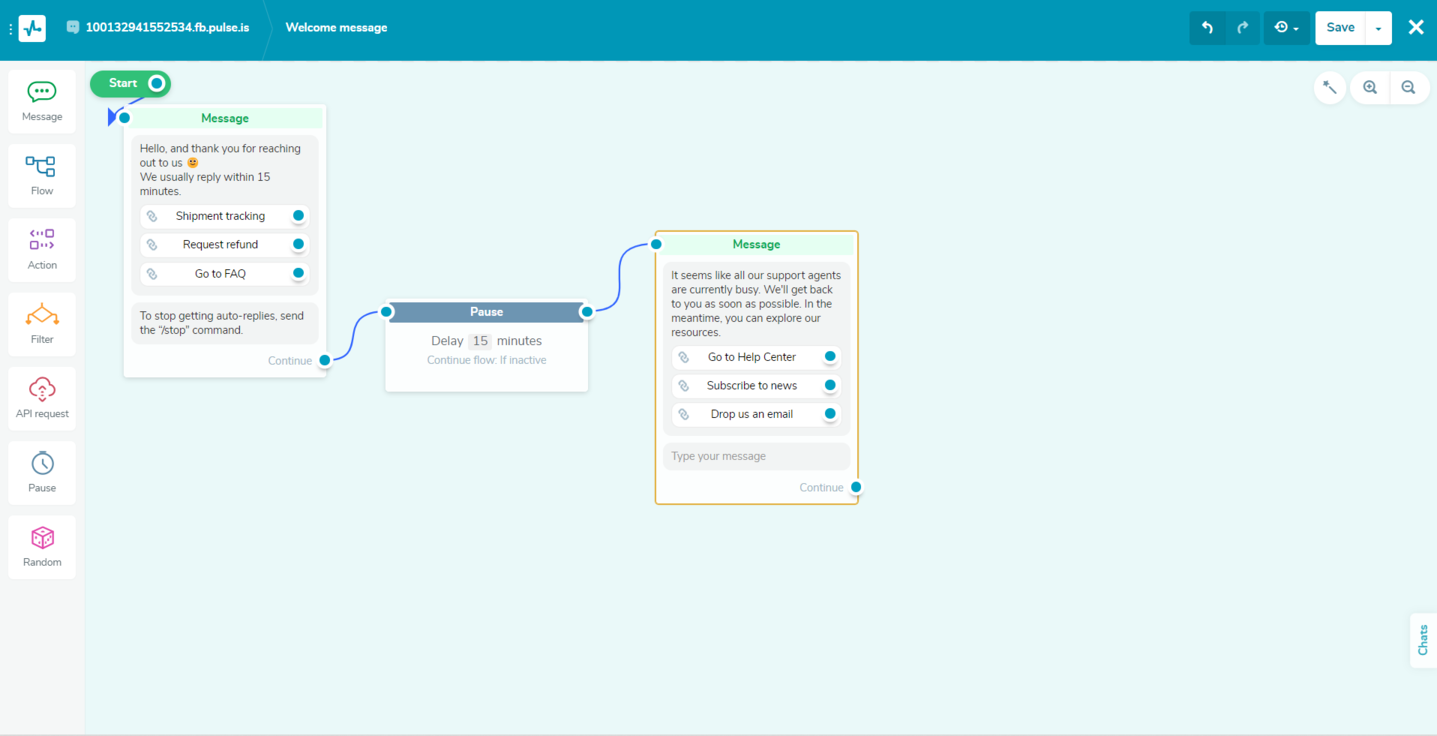You always hear that first impression matters. This also applies to new customers who are just getting to know your platform or application. Creating a seamless user onboarding experience for them is crucial for the success of your business.
In this post, we are going to provide a few best practices to help you ace your SaaS onboarding game. Ready to get started? Let’s do a quick recap on customer onboarding and its importance.
Content:
- What is onboarding, and why is it important?
- 8 SaaS onboarding best practices
- Create a clear onboarding roadmap
- Choose the right onboarding model
- Personalize onboarding emails and communication
- Identify your platform’s blockage
- Use interactive tutorials and guides
- Implement gamification and incentives
- Use a dedicated onboarding tool
- Provide multichannel support
- Providing a seamless SaaS onboarding experience
What is onboarding, and why is it important?
Customer onboarding is one of the most critical stages of the customer journey. During this phase, the client learns how to use your product and discovers its value. This stage has a major impact on your relationship with your customer and can impact customer churn, satisfaction, and loyalty.
Here are the main benefits of a good onboarding experience:
- Increased retention. If you provide the right onboarding experience, your customers will easily understand how to use your product and find its value faster. This, of course, leads to a decreased risk of churn. Actually, poor onboarding ranks as the third most important factor leading to customer churn.
- Increased product adoption and utilization. This is a no-brainer — if your customers know how to use the product and discover how it can help them, they are more likely to adopt it faster and utilize it more effectively.
- Accelerated time-to-value. Time-to-value measures how quickly your customers find the benefits or value of using your product. SaaS customer onboarding can help speed up TTV by simplifying the product setup and ensuring a smooth transition from the first interaction until value realization.
- Fewer support requests and escalations. Since your customers know how to use the product because of the software onboarding process, there will be fewer support requests and escalations that your support team needs to deal with.
- More customer advocates and increased loyalty. If your customer experiences great onboarding, they are more likely to share your product or services with others. When clients feel valued and supported, it leads to a higher brand loyalty and a deeper connection with the company and its products. Also, let’s not forget about word of mouth, which can help you acquire more customers.
Now that we have done a short refresh and rediscovered the importance of customer onboarding, it’s time to dive into the practices you can implement to improve your SaaS user onboarding experience.
8 SaaS onboarding best practices
Here are some best practices guaranteed to help you improve the onboarding process.
Create a clear onboarding roadmap
Just like you won’t go to an unknown location without a clear route or a navigation app, your customers shouldn’t start this process without a “roadmap.” This roadmap should act as an overview of the onboarding process and contain milestones for both the customers and your customer success or onboarding team.
Here’s an example of a customer onboarding roadmap you can personalize for your clients.

Choose the right onboarding model
There are different SaaS onboarding and engagement models you can choose from, depending on the needs of your customers and your resources.
- A self-service or tech-touch model is a great option for products that are easy to use and simple to understand. You just prepare the educational content or product tour while allowing the customer to get to know the product on their own. Most B2C SaaS products employ this onboarding method. Spotify, Netflix, and most social media platforms are just a few examples of SaaS products with a tech-touch model for customer onboarding.
- A low-touch model might suit you if you need to take it a step further or if your product is a bit more complex. It allows you to automate parts of the SaaS onboarding process while having customer support available for your clients. Platforms like Zoom and Shopify are using this onboarding model.
- A high-touch model is an excellent option for complex B2B SaaS products that are harder to set up and understand by customers on their own. For this approach, you will need to provide a one-on-one, personalized onboarding experience for each of your customers. Your customer success team will guide your clients through the process and ensure they find value in your product as fast as possible.
Personalize onboarding emails and communication
No matter which of the models you choose for the onboarding process, one thing remains: personalization. When crafting onboarding emails, it’s essential to focus on personalizing them as well as your whole communication with the customer.
Use relevant account details to personalize the messages you send out to customers. Craft proactive and tailored automated flows that will allow you to find product friction points and deal with them before they ruin the onboarding experience.
For instance, here’s how Figma, a workspace for designers, onboards users from its competitor platform.

Identify your platform’s blockage
No product or platform is perfect. Unfortunately, during the onboarding process, there will be blockages that can negatively impact your users’ experience. Keep an eye out for the moments in which customers tend to struggle.
Identify and address any barriers, such as challenging features or complicated setups, that prevent clients from understanding or implementing them effectively. And once you identify the touchpoints where customers encounter difficulties, you can provide additional guidance to assist them in navigating these moments with greater speed and efficiency.
Use interactive tutorials and guides
Depending on the complexity of your product, you can use video walkthroughs that will help your customers get an overview of the features and functionalities of your platform. 97% of customers say that video is an effective channel for welcoming and educating new customers.
Also, no matter the SaaS onboarding model you select, it is best to have a knowledge base or an educational section with guides and other types of content to help customers when they get stuck. This will lower the number of support tickets and allow clients to learn your product better.
Implement gamification and incentives
Unfortunately, many onboarding processes are not engaging enough. This leads to a lower product adoption rate because customers simply get bored during the process. Instead of bombarding customers with hundreds of long and dull emails or articles, you should include gamification and provide incentives during onboarding.
You can offer tokens, badges, a quiz, or even virtual currency for customers who onboard fast and follow all the steps promptly. Depending on your SaaS solution’s industry and niche, you can find various incentives that will increase customer engagement during this stage.
Use a dedicated onboarding tool
If you want to provide a seamless onboarding experience for your customers, you could always choose a dedicated onboarding software. There are various options available, depending on your needs. From product tour software like Walkme or Pendo to customer success platforms like Custify.

Product tour software is great for creating interactive walkthroughs that can help customers easily navigate your platform. A customer success platform is usually more complex and comes with more features and functionalities. This type of platform can help you from the onboarding to the referral stage.
Provide multichannel support
Each customer’s onboarding process is different, and they might get stuck at some point. To help them out, make sure that you provide multichannel support. Allow clients to select the best channel for them. Whether we are talking about email, chatbot, or phone, providing support is a crucial part of the SaaS onboarding process.
You can also provide customer support via a live chat. With a powerful live chat platform, you can invite customers to chat and provide instant responses to FAQs, share how-to guides, and help them whenever they run into issues.

Providing a seamless SaaS onboarding experience
The onboarding provides you the first chance to make a good impression and show how your product can help customers achieve their goals. Focus on delivering a great experience if you want to reduce churn rate and gain loyal customers and brand advocates. Implement the SaaS onboarding best practices we’ve shared, measure the results, and improve continuously.








